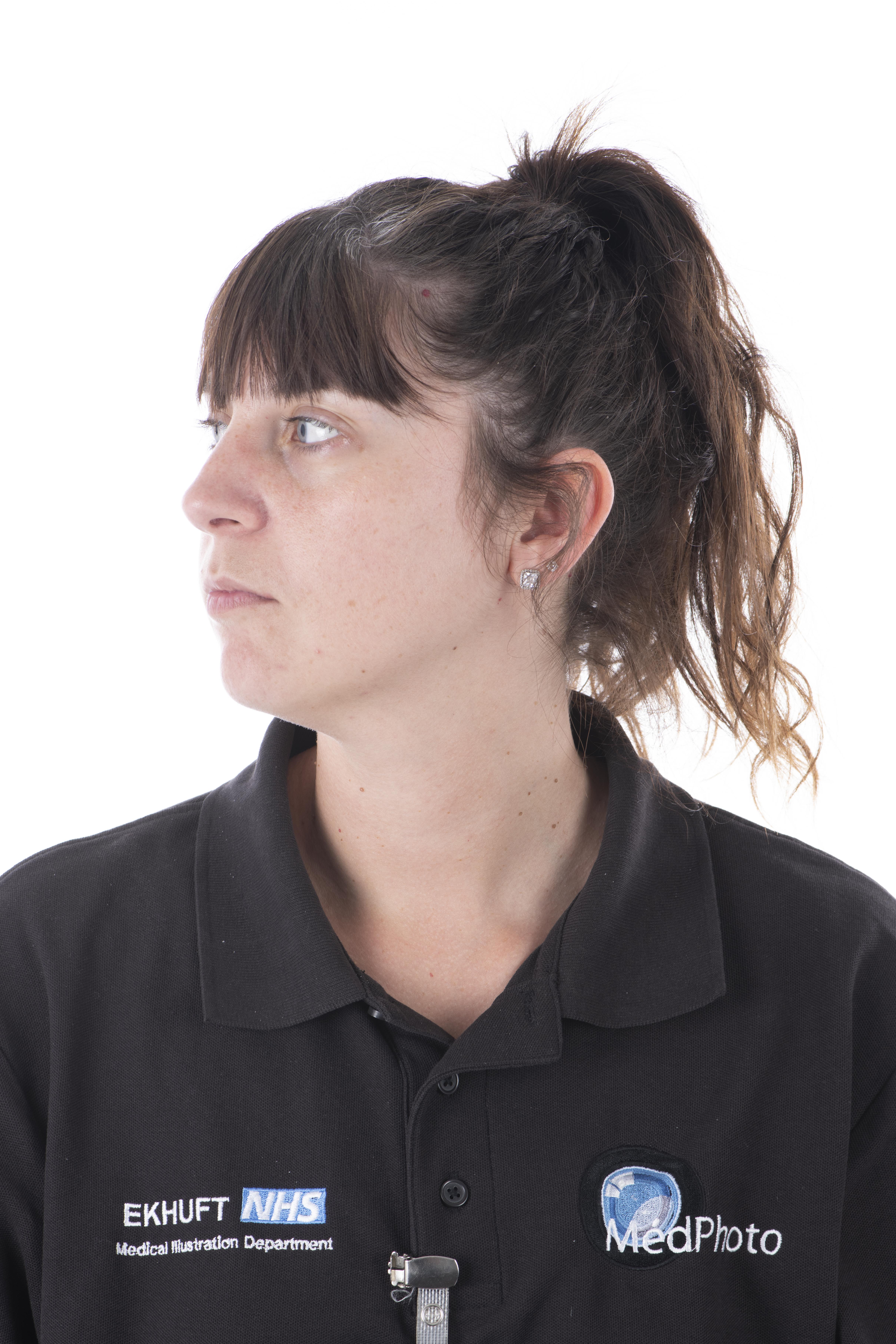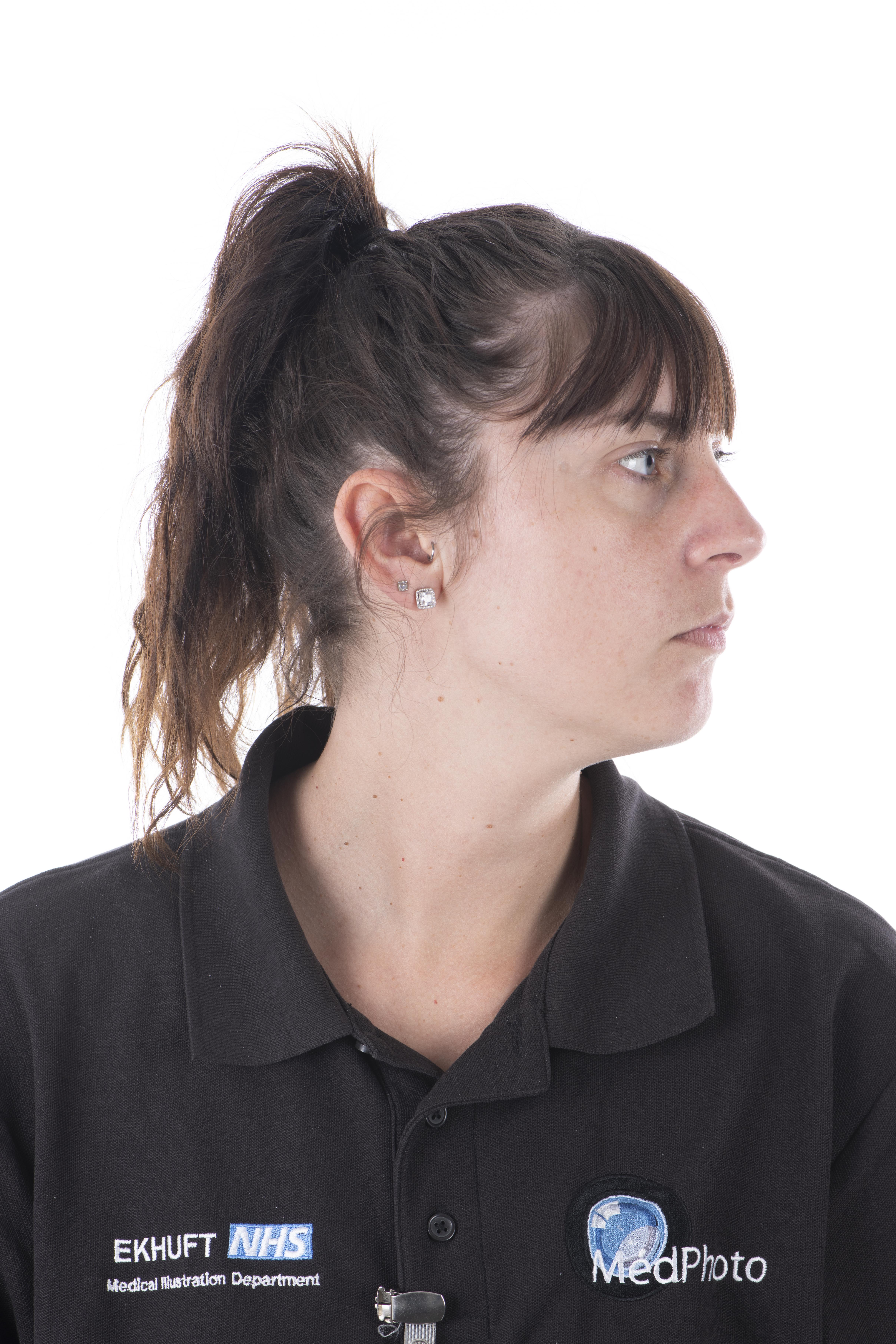Neck pain / injury: aftercare advice
Information for patients from the Emergency Department
Please speak to a healthcare professional before following the advice below
Neck pain and injury can occur from motor vehicle crashes, sports, or sudden movement. Some people may only develop pain a day or two after the incident. This is a good sign and means the damage is unlikely to be serious.
How will my injury be diagnosed?
A diagnosis is made after a thorough examination of your injuries. During your examination it may be decided that you do not need an x-ray.
How can I help ease my pain?
What you do in the early stages is important.
Resting for more than a day or two is not helpful and may prolong pain and stiffness.
Research now shows that using collars may delay recovery following a neck injury.
Manipulation is safe, if carried out by a qualified professional (such as an osteopath or chiropractor) and works best if started early.
Even when you are sore, you can start some very simple exercises without causing more damage (see exercise guide below). Different exercises suit different people.
Take painkillers, as advised by your clinician, to control your pain so that you can get back to normal activities as soon as possible.
You can use ice (or a cold flannel) to ease your pain, by wrapping crushed ice in a damp towel and placing it over your injury. Leave the ice in place for 10 to 15 minutes, then remove it. Do this every two to four hours during the day, for two to three days.
Caution: ice can cause burns, so do not put it directly on your skin, always use a towel. Protect sensitive skin with baby oil.
Exercises
The sooner you start exercising, the sooner you will get better.
Be sure you are sitting upright in a good position before starting your exercises. Use smooth, slow movements.
You should gradually stretch your neck to the point of pain, then gradually try to go a little further each time.
Exercise 1
Sit / stand up straight, tuck in your chin to make a double chin, then relax.
Repeat 15 times every three to four hours.
-
Exercise 1
-
Exercise 2: turning your head to the left
-
Exercise 2: turning your head to the right
Exercise 2
Turn your head slowly from side to side.
Repeat 15 times every three to four hours.
If the exercises are painful to do while sitting, you may find it easier to do them lying on your back with your head supported.
If any of your symptoms are aggravated by any of these exercises, or you develop pins and needles in your arms and / or hands, then stop immediately and get medical advice.
Correct sleeping positions to avoid neck pain
Always sleep on a firm bed either on your back or on your side. Never sleep face down. If you sleep on your side, there are two points that are important:
Make sure that your head and neck are straight, in-line with the rest of your spine. The number of pillows may be one, two, or more, depending on their thickness and firmness, but just the right number to keep your head straight.
The arm on which you are lying must be kept in front of your chest, not under it or behind.
A rolled-up towel placed behind the back of your neck at night when lying flat helps to relieve your discomfort.

Good posture is essential to a healthy neck
Make sure that you keep the gentle hollow in the small of your back at all times. This will automatically correct your neck posture (chin tucked in, shoulders back and relaxed).
Do not slouch or poke your chin forwards. Sit / stand up straight and tuck your chin in.
When will my neck start to feel better?
The pain and stiffness should gradually begin to wear off after about four to five days. However, pain may continue for several weeks.
If after following this advice your pain gets worse or does not improve after two weeks, or you develop pins and needles in your arms and / or hands, then please get further medical advice.


